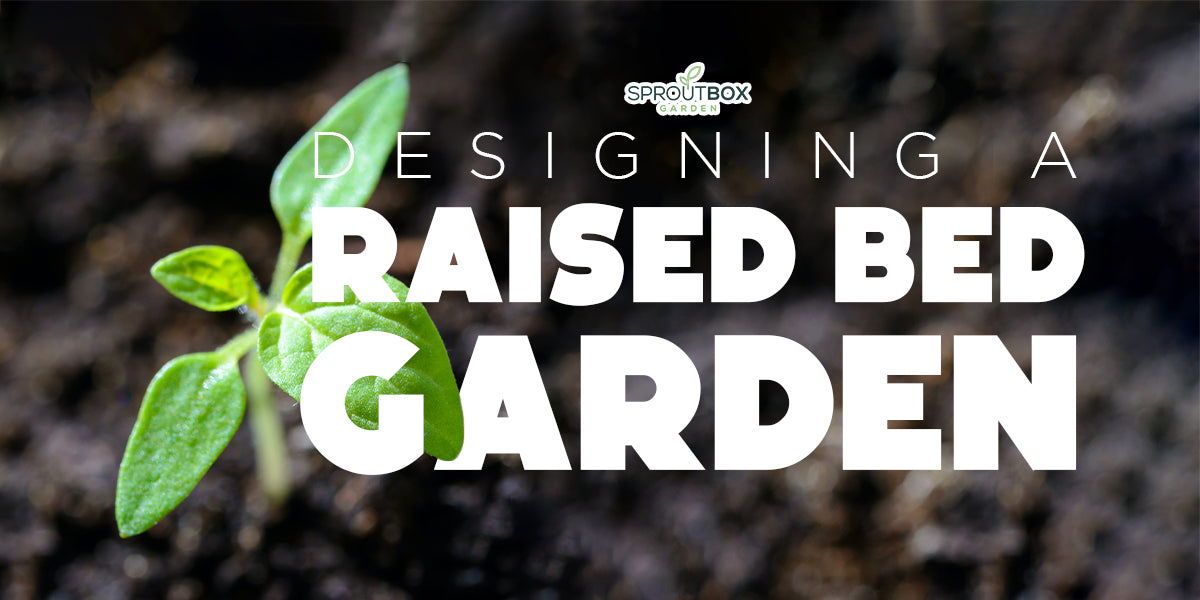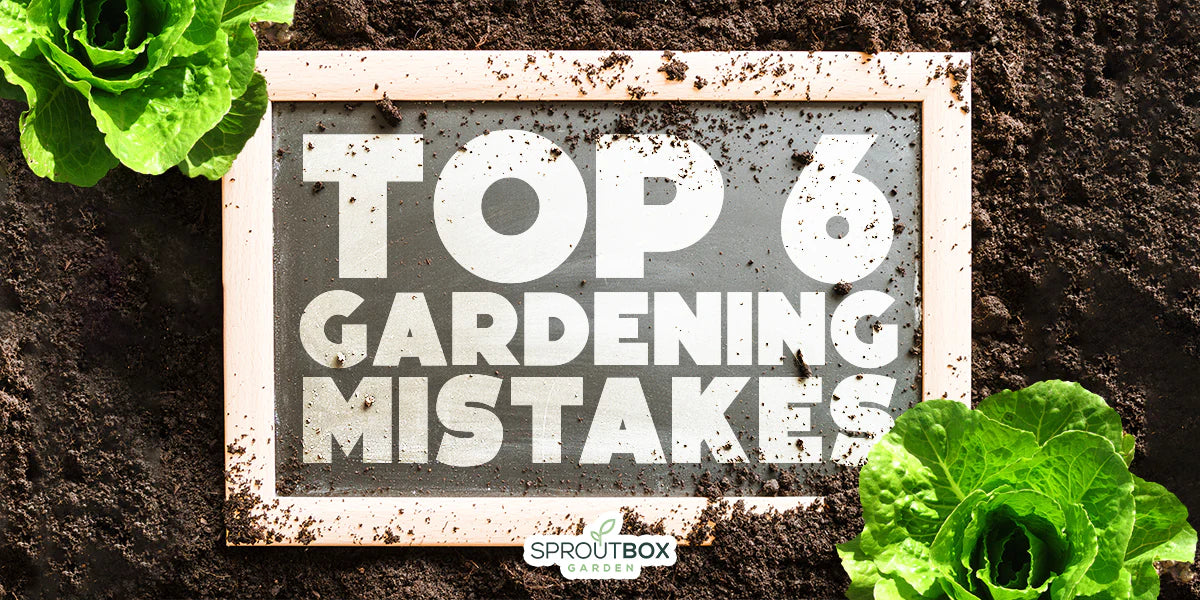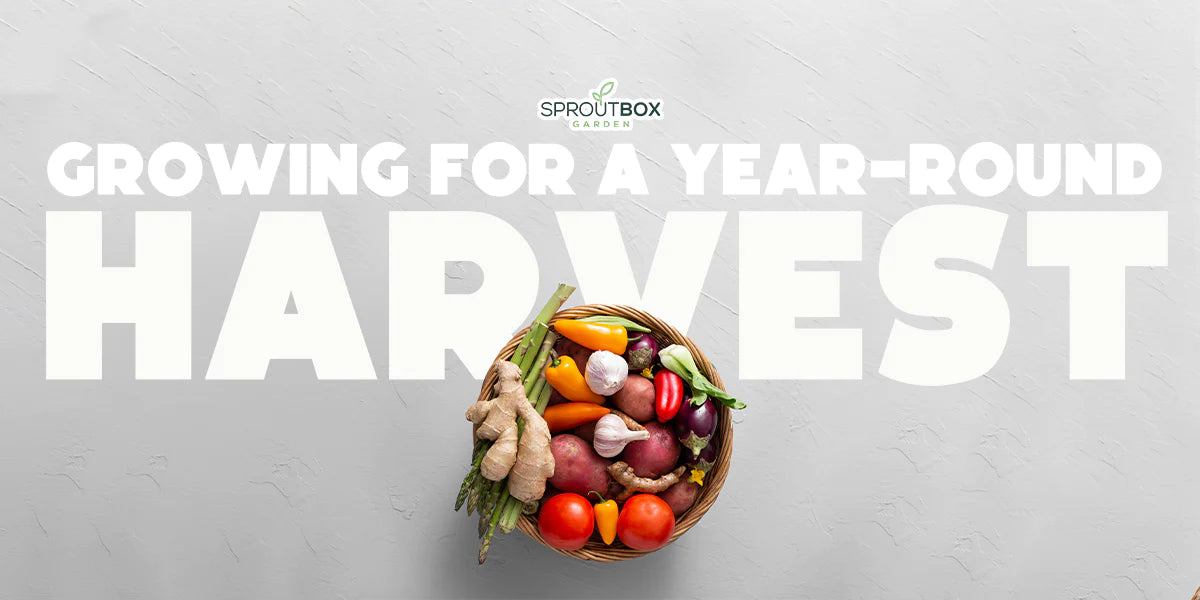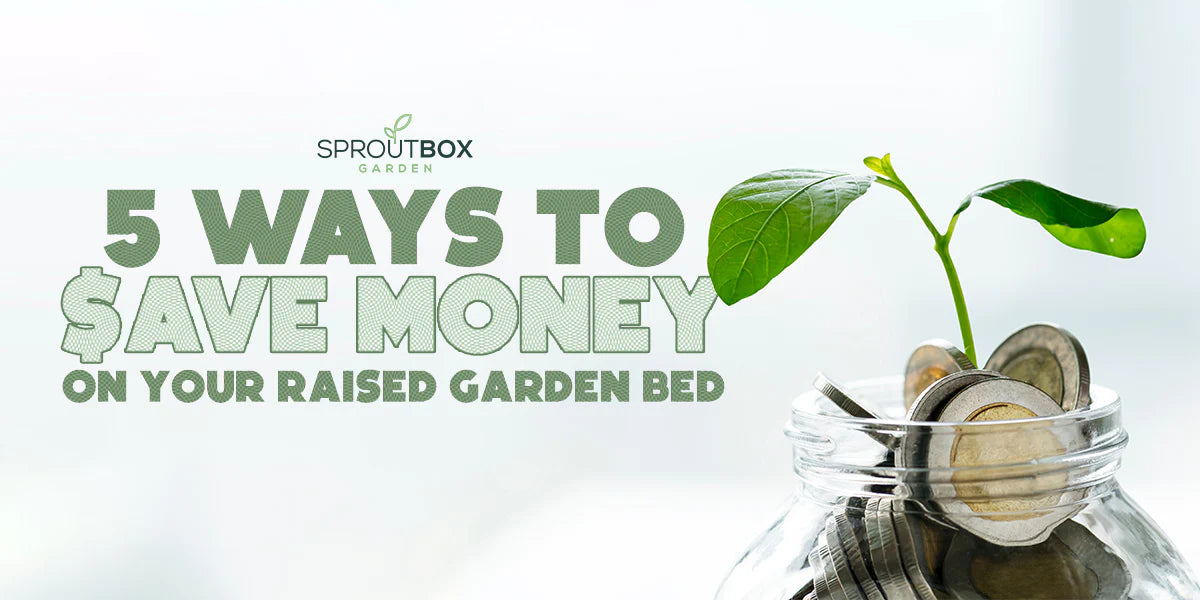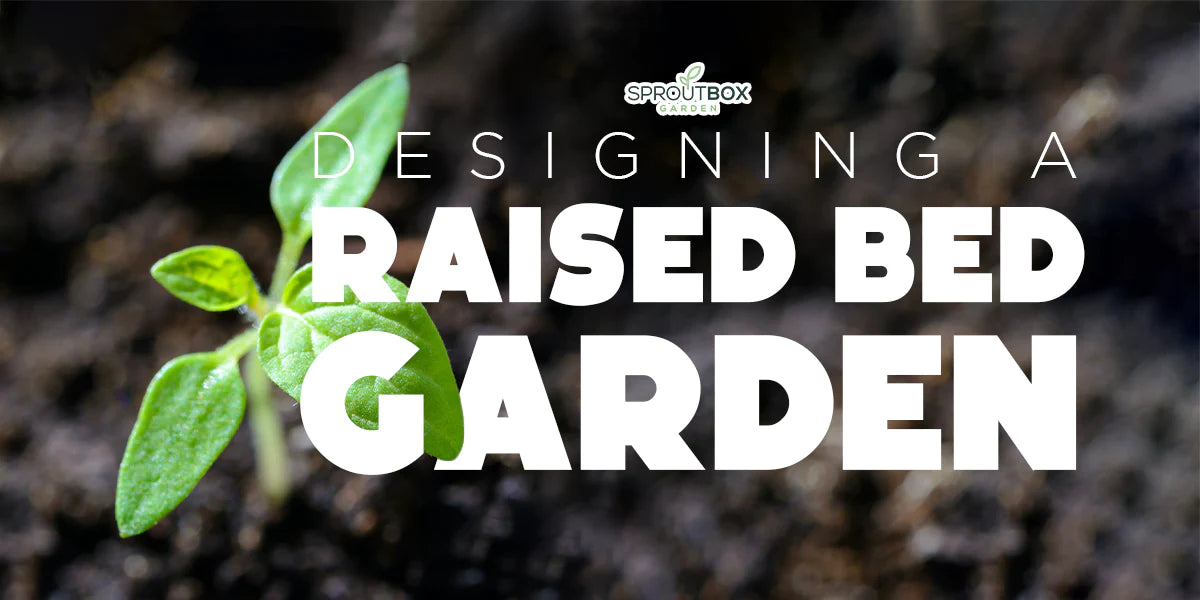April 06, 2023
Designing a Raised Bed Garden - DIY Guide for Beginners
Do you dream of having a beautiful and bountiful garden that produces fresh vegetables, fruits, and herbs year after year? The key to achieving this is not just the quality of the soil or the type of plants you choose. It's all about the layout and planning of your garden.
With the right design, you can maximize the health and productivity of your garden, making it an abundant source of delicious, fresh produce.
In this article, we'll guide you through the process of planning and designing a raised bed garden that will not only be visually stunning but also provide you with a healthy and sustainable source of food. So, put on your gardening gloves, and let's get started!
Determine the Purpose of Your Garden
Before you start planning your raised bed garden, it's important to determine its purpose. Are you growing vegetables, herbs, or flowers? Or are you looking to create a peaceful space where you can relax and unwind? Knowing the purpose of your garden will help you determine what plants to choose and how to lay out your garden.
Pick the Right Location in Your Backyard
Choosing the right location for your raised bed garden is crucial to its success. You'll want to select an area that receives at least six hours of sunlight per day and has good drainage. Avoid areas that are prone to flooding or have poor soil quality. If possible, choose a location that is close to your house for easy access.
Choose the Right Plants
When choosing plants for your raised bed garden, it's important to consider factors like your climate, the amount of sunlight your garden receives, and your soil type. Research plants that are well-suited for your area and make a list of the ones you'd like to grow. It's also important to consider how much space each plant will need to grow and whether or not they will be compatible with each other. Which takes us to the next point…
Plant Spacing
Proper plant spacing is important for healthy plant growth and disease prevention. Be sure to follow the recommended spacing guidelines for each plant you choose to grow. Overcrowding plants can lead to poor air circulation and an increased risk of disease.
To make sure your plants are evenly spaced, consider using a planting grid. This can be as simple as laying out a grid of string or using a specialized planting grid tool.
And finally, Consider planting companion plants together that can benefit each other. For example, planting beans with corn can be beneficial as the beans fix nitrogen in the soil, which the corn can use.
Grow Vertically
One way to maximize the space in your raised bed garden is to grow vertically. This can be done by using trellises, cages, or stakes to support climbing plants like tomatoes, cucumbers, and beans. Growing vertically can also help prevent disease and pests from attacking your plants.
Crop Rotation
Crop rotation is the practice of changing the location of your plants each year to prevent soil-borne diseases and pests from building up in your garden. This practice is important for maintaining the health of your raised bed garden over the long term. By rotating your crops, you can prevent soil-borne diseases and pests from building up in the soil and help maintain soil fertility by avoiding the depletion of nutrients. This practice can also help improve the overall health and productivity of your garden, resulting in better yields and healthier plants year after year.
Plan your garden layout in advance and make sure to rotate your crops each season. Making a grid with twine, or drawing it out on a notebook can make the process a lot easier.
Watering & Irrigation - Cheap and Easy Systems
Watering your raised bed garden is essential for healthy plant growth. There are many cheap and easy watering systems that you can use, such as drip irrigation or soaker hoses. These systems can help conserve water and make watering your garden a breeze.
Sit Back & Relax
Once you've planned and designed your raised bed garden, it's time to sit back and enjoy the fruits of your labor. Take the time to relax in your garden and enjoy the beauty and bounty it provides. Maybe even crack open a beer and celebrate!
Designing and planning a raised bed garden can be a fun and rewarding experience. By following these tips and tricks, you'll be well on your way to creating a beautiful and productive garden that will provide you with fresh vegetables, herbs, and flowers for years to come.
Take your garden to the next level.
Planning and designing a raised bed garden is like embarking on a delicious culinary adventure: it requires the right ingredients, the right tools, and a little bit of creativity. By following the steps outlined in this article, you can create a garden that is both beautiful and functional and provides you with an abundance of fresh produce.
So, whether you're a seasoned gardener or a novice with a green thumb, it's time to roll up your sleeves and get planting!
And if you’re looking for the perfect garden layout, Sproutbox Garden’s modular raised beds will let you design the garden that’s right for YOUR garden. Plus, they’re built to last up to 20 years, so you can rearrange them to have the backyard of your dreams year over year.



